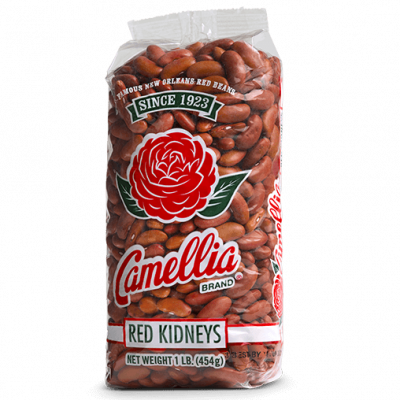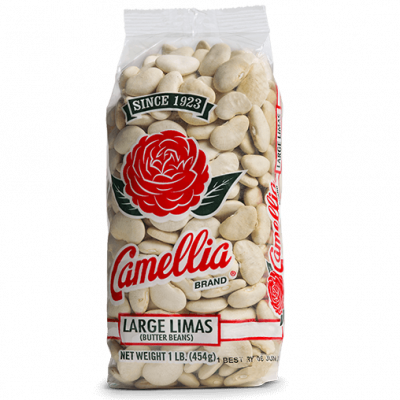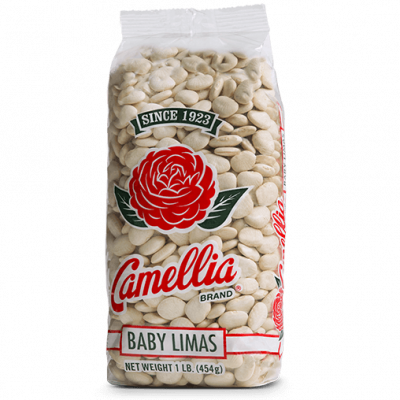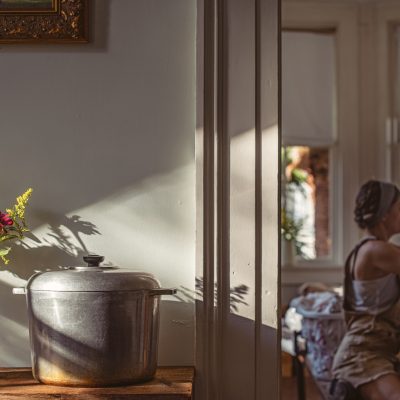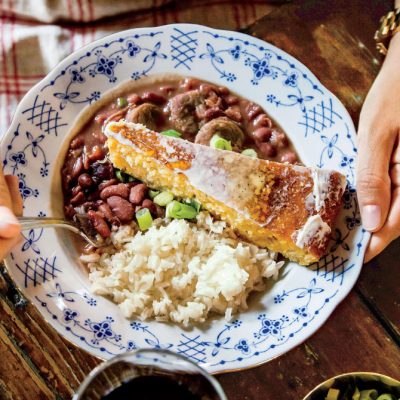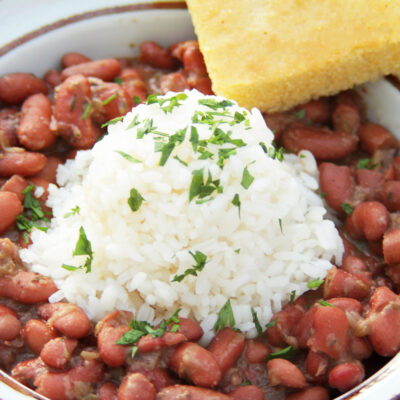Fried Chicken and Red Beans at Willie Mae’s Scotch House
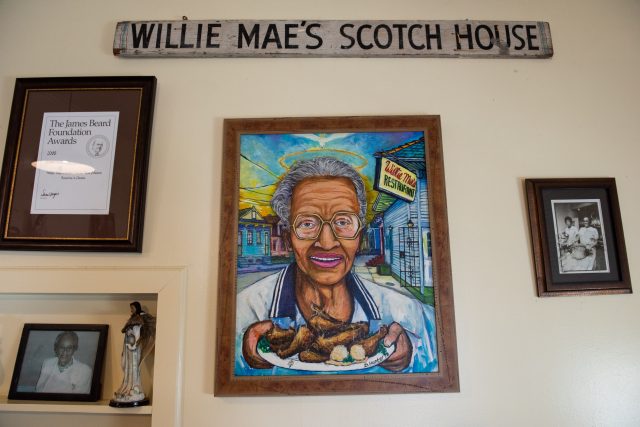
As you walk up to, the aroma of fried chicken fills the air. People from all over the world line up and wait, sometimes hours, to enter Willie Mae’s Scotch House, a small two-room restaurant in the historic Treme neighborhood of New Orleans. They’re attracted by not only the aroma of perfectly fried chicken, but also by the accolades from the Food Network, the Travel Channel and the James Beard Foundation, which declared it an “American Classic Restaurant” for carrying on the traditions of great regional cuisine.
At one time, Willie Mae’s was just a corner spot that was only known within the neighborhood. It started out as a bar in 1957, then after moving to its current location, a beauty salon was added in the front because Willie Mae Seaton always wanted to be a beautician. She began to cook in the small kitchen behind the bar to feed the customers and soon after, they were telling her that she needed to open her own restaurant. In the early 1970s, the beauty shop was closed to make room for those who were coming in to eat the smothered veal, pork chops and that crispy, spicy fried chicken.
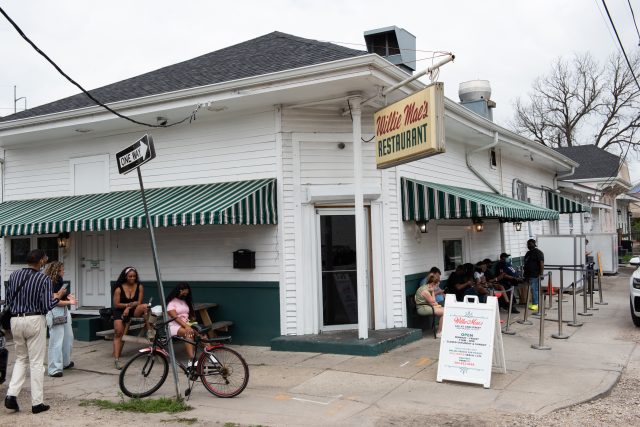
As word got around, the dining room, which seems more someone’s house than an actual restaurant, began to fill up. In May of 2005, the award from the James Beard Foundation put the old scotch house on the radar of every food critic, journalist, and tourist from around the country, and the lines stretched longer. But just months later, the restaurant was destroyed by Hurricane Katrina and the flooding that followed it.
After almost three years of rebuilding, with the help of countless volunteers and family members, Willie Mae’s Scotch House reopened to great acclaim. Willie Mae stepped aside and her great-granddaughter, Kerry Seaton-Stewart, carries on the tradition of the famed family-owned restaurant. The national praise of their fried chicken took off.
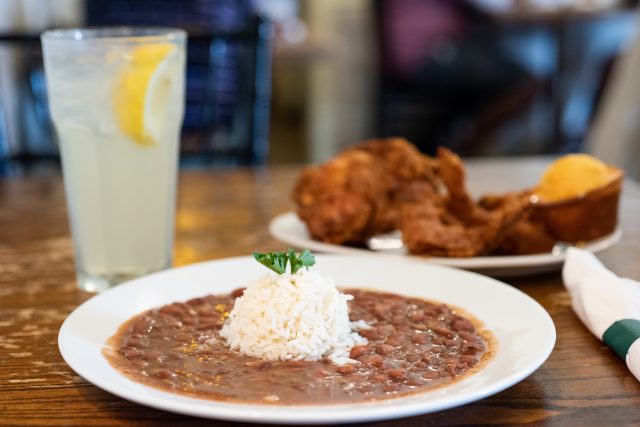
“Then of course there’s the trinity – celery, bell peppers and onions.”
Kerry Seaton-Stewart grew up in the kitchen with her great-grandmother and grandmother. “She had me in the kitchen with her my whole life,” Seaton-Stewart said, who began working at Willie Mae’s as a teenager. “She would require that I cooked all of these cultural meals. All the traditional meals. At school, they would fix red beans for lunches and I would just play with it because they were not my grandmother’s beans. I was always comparing and measuring the standard of red beans.”
But Seaton-Stewart knew that adapting to changing times was important to keep the restaurant moving forward. She noticed that those who lived outside of the southern region were not accustomed to eating lots of pork and fatty meats like they used in the pot of red beans or butter beans. “I felt the vegan wave coming on and I just wanted to be ahead of it and be inclusive,” she said. “That way, if people came in and they weren’t all pork eaters they can still eat it. I’ve been making them vegan for 14 years now.”
By switching the red beans and butter beans, which are large lima beans, to vegan, she felt that the actual flavor of the two dishes were lifted. One of the enhancements she found while doing taste tests with family and friends, was to include extra bay leaves. “Bay leaves are a must,” she said. “Then of course the trinity – celery, bell peppers and onions – and then some garlic.” But the not-so-secret ingredient is in the red beans themselves.
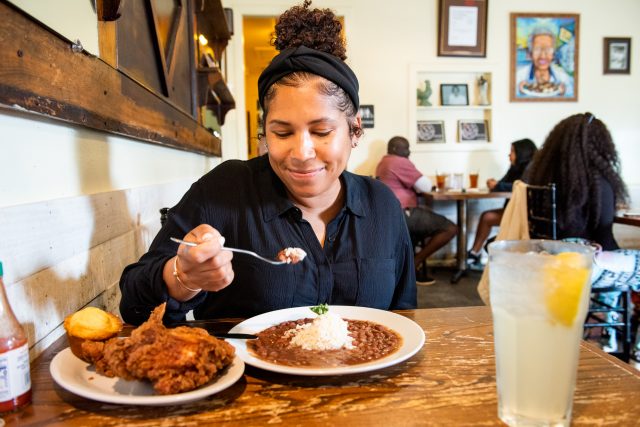
“We use Camellia because it’s just a better grade of beans.”
Seaton-Stewart said that you can tell that the quality of Camellia beans is better than any other brands simply by the way they are farmed and cultivated.” You don’t have all the rocks in there and broken beans,” she said. “Camellia is high quality and they just cream better so you know when you cook them it’s going to make a good bean sauce. No other beans are going to be creamy like that.”
Expanding the tradition
Willie Mae’s Scotch House has been as popular as ever. After 60 years at the corners of St. Ann and Tonti in the Treme neighborhood, Seaton-Stewart expanded into the Central Business District food hall, Pythian Market, in 2019, with a condensed version of the restaurant. The new location still features the same iconic fried chicken and red beans and rice and will help meet the supply and demand to the loyal longtime following of locals and tourists to keep the legacy going.
“Red Beans tells the story of the culture of New Orleans,” Seaton-Stewart said. “It means home to me. It makes me think of my family because we have so many good times and great memories eating a pot of red beans.”
Written by Eric Olsson
